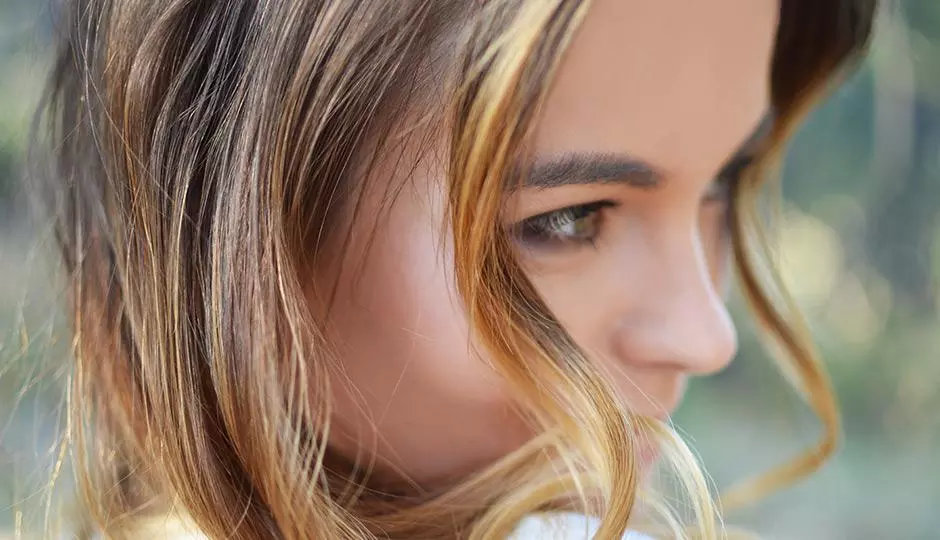Hair loss: it's an unpredictable condition that can affect both men and women of all races. In fact, about 40% of men will experience noticeable hair loss by age 35, and 80% of women will experience thinning hair by the age of 60. This seems like a vast portion of the population, yet some ethnicities seem more susceptible to hair loss than others. Is there an explanation for this? And which ethnicities are more likely to experience thinning hair in the future?
Hair is typically classified into three ethnicities: Asian hair, African hair, and Caucasian hair. While there are variations and subsets in each of these groups, there are some clear differences that may provide a deeper understanding of how hair loss occurs from one ethnicity to the next.
Let's take a look!
Asian Hair
Asian hair grows quicker than the other categories and is significantly less dense. This is due to Asian scalps growing fewer hairs per square centimeter than the other groups. However, Asian follicles tend to be thicker, creating the illusion of dense hair. Hair loss in Asians is particularly noticeable as a result of this combination of low density and thick follicles. According to a Men's Health study, Asian men experience the lowest rate of hair loss out of the three groups, but hair loss (and hair replacement) is on the rise in Asian countries. It should also be noted that Asian men seem to experience hair loss about 10 years later than other ethnic groups.
African Hair
African hair grows at the slowest rate of any hair grouping. It is also the second-most-likely ethnic group to experience hair loss. African hair is denser than Asian hair and is naturally curly whereas Asian hair is completely straight. People of African descent are almost 5 times less likely to experience abnormal hair loss than Caucasians. African men experience frontal balding more often than balding of the crown, which is the typical pattern of hair loss found in Caucasians. In African women, traction alopecia has become one of the highest causation factors of hair loss. This is a result of the repeated pulling and weakening of the follicles associated with braids, extensions, and weaves.
Caucasian Hair
Caucasian men are most likely to experience thinning hair and hair loss. This group of hair grows slower than Asian hair but faster than African hair, and is by far the densest in terms of follicles per square centimeter. Caucasian hair grows with a slight curve and tends to have a wider range of textures from curly to straight. Genetic baldness seems to be more prevalent in this group, and thinning hair often becomes noticeable during the mid-30s.
Treating Hair Loss From Ethnicity to Ethnicity
Across all three groups, androgenic alopecia (pattern baldness) is the most common cause of hair loss even though it is not experienced as widely within each group. Regardless of your ethnic background and the category into which your hair falls, we can help you fight hair loss. Hair type can affect the process of surgical hair restoration, but it has been proven effective across ethnicities. Additionally, we can make treatment recommendations based on your hair's ethnic classification to get you on track to better hair in no time!
At LH Hair, we treat hair loss from the roots up! We make it our business to knowing the potential causes of hair loss and understand your "risk factors" before we recommend treatment. If you're experiencing hair loss and would like to learn more about your options, please contact us. We'd love to get you on track to a full head of hair with a free consultation and personalized treatment plan.



